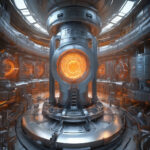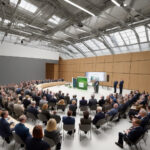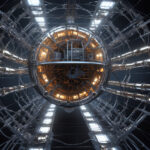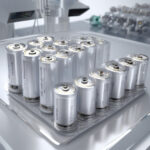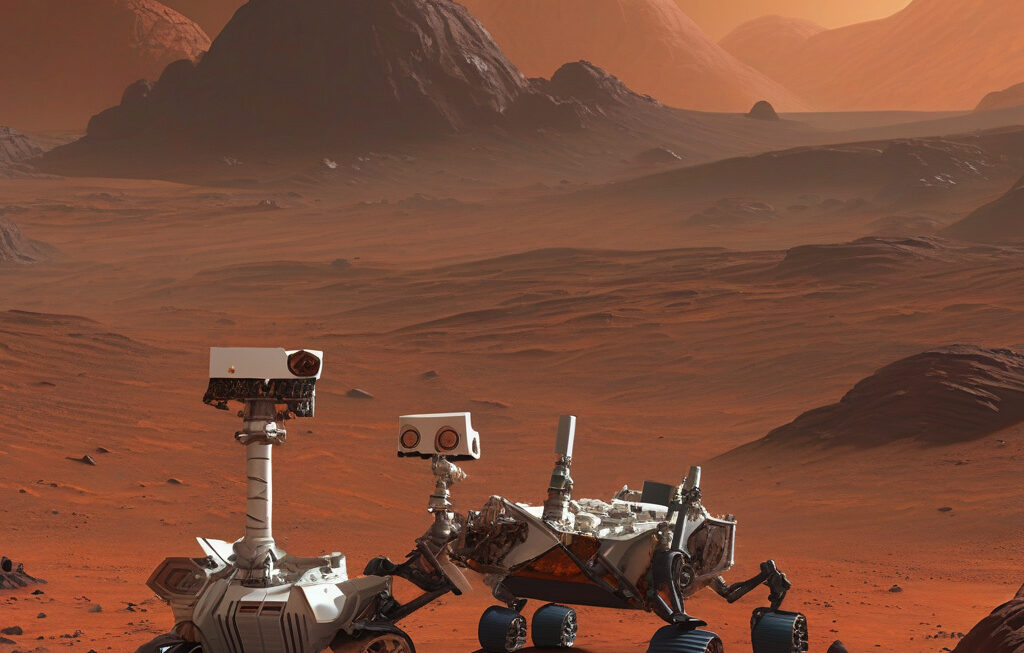Mouse Stem Cells Survive Six Months in Space, Produce Healthy Offspring on Earth
Living in space is incredibly hard on the human body. Our bodies are not built to withstand the microgravity, radiation, and other challenges that come with space travel. However, recent research has shown that stem cells might be the key to overcoming these barriers and potentially opening the door to long-duration space exploration.
A groundbreaking study conducted by Japanese researchers involved sending mouse stem cells to the International Space Station (ISS) for six months. The results were astonishing. Not only did the stem cells survive the harsh space environment, but they were able to differentiate into various cell types and even produce healthy offspring upon returning to Earth.
This remarkable achievement has significant implications for the future of space travel and colonization. Stem cells are unique in their ability to self-renew and differentiate into different cell types, making them a promising candidate for regenerative medicine and tissue engineering both on Earth and in space.
The findings from this study suggest that stem cells could potentially be used to mitigate the effects of long-duration space travel on the human body. By harnessing the regenerative power of stem cells, astronauts could repair damaged tissues, bones, and organs caused by the rigors of space, ensuring their health and well-being during extended missions.
Moreover, the ability of the mouse stem cells to produce healthy offspring after returning from space raises exciting possibilities for future space colonization. Reproduction is essential for the survival of any species, and the fact that stem cells were able to contribute to the birth of healthy offspring in a space environment bodes well for the prospect of establishing human settlements beyond Earth.
In addition to its implications for space travel, this research also has significant implications for regenerative medicine here on Earth. Stem cells have already shown great promise in treating a variety of medical conditions, from spinal cord injuries to heart disease. The ability of stem cells to thrive in space further underscores their potential as a versatile tool for repairing and regenerating damaged tissues and organs.
As we look to the future of space exploration and colonization, studies like this one remind us of the power of innovation and the boundless possibilities that science can offer. By pushing the boundaries of our knowledge and capabilities, we inch closer to realizing our dreams of venturing further into the cosmos and perhaps one day calling other planets home.
The successful survival and functionality of mouse stem cells in space for an extended period represent a significant milestone in our quest to understand the effects of space on biological systems and harness the potential of stem cells for both space exploration and medical applications. It is a testament to human ingenuity and the relentless pursuit of discovery that drives us to new frontiers, both on Earth and beyond.
stemcells, spaceexploration, regenerativemedicine, futuretravel, innovation

